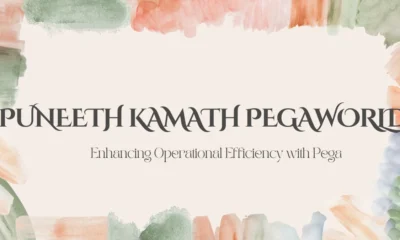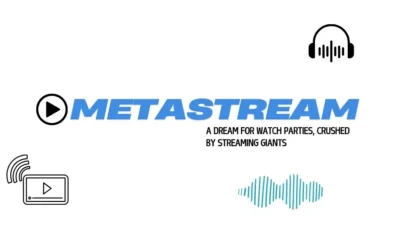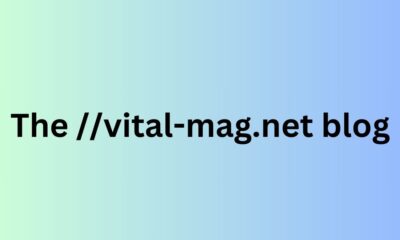AI
The Art of Zoo: A Journey Through Humanity’s Ever-Changing Bond with Animals
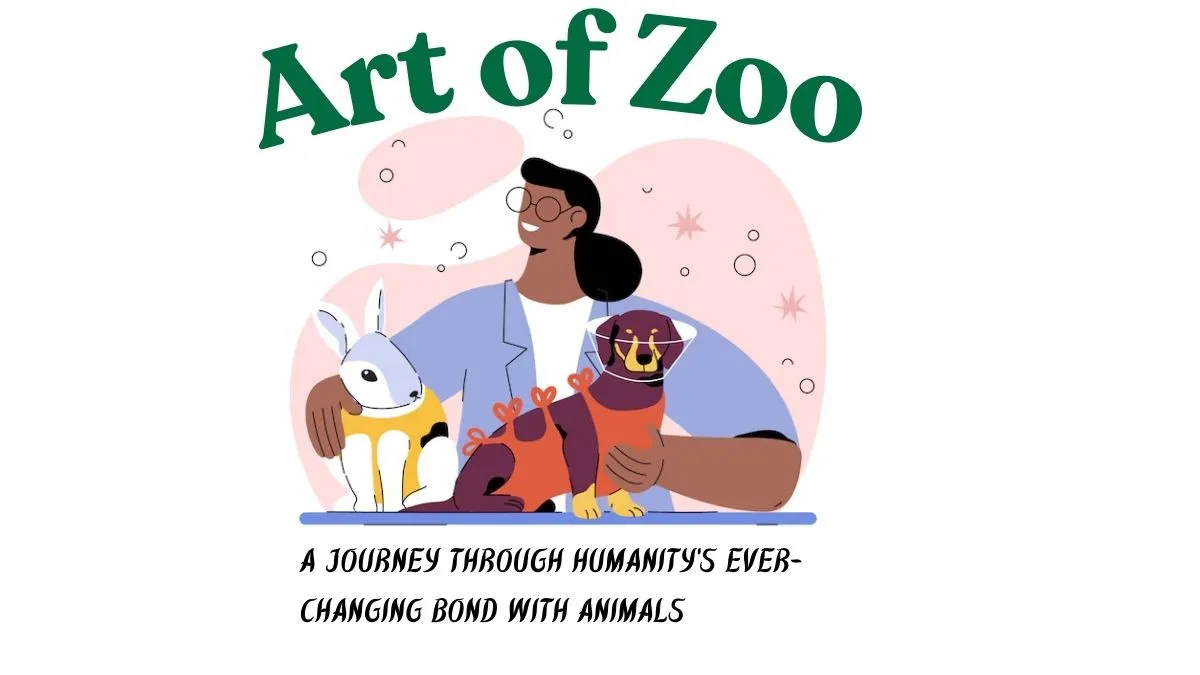
The art of the zoo consists of more than just animal enclosure management; it illustrates how human interaction with wildlife has developed over time. Throughout history, human beings have studied and preserved animals for admiration and research purposes while developing cultural values and ethical discussions. The art of the zoo began as early menageries and evolved into essential wildlife protection facilities that we see in modern conservation parks today. Ethical zoos serve as educational institutions and conservation centers that teach people about the value of biodiversity. This path demonstrates how human curiosity and responsibility have shaped our methods of dealing with captive animals.
Ancient Zoological Parks: Symbols of Power and Prestige
Throughout the history of mankind, from ancient times such as Egypt, China, and Mesopotamia, rulers displayed exotic animals to showcase their authority over others. Menageries during that period served as zoos, housing exotic animals including lions, elephants, and tigers for social status rather than animal welfare. These primitive animal collections developed into more advanced zoological knowledge, albeit without any scientific basis. Over the course of history, society progressed from treating animals as possessions to recognizing their essential ecological role. The art of the zoo has transformed into an institutional focus on conservation alongside ethical animal care, surpassing mere display functions.
The Evolution of Zoos: From Menageries to Public Institutions
During the Enlightenment, society transformed private animal collections into public educational research institutions that became zoological facilities. In 1828, the London Zoo became one of the first contemporary zoological facilities focusing on scientific investigation instead of amusement. Society developed an increasing concern for animal welfare and ecological responsibility, leading to this change in zoo management. The expansion of knowledge urged zoos to redesign their facilities into natural habitat spaces, thus improving animal welfare and ethical practices. The contemporary art of the zoo focuses on wildlife education while supporting conservation efforts instead of confining animals in cages.
Architectural Design: Crafting Spaces for Human-Animal Interaction
Design elements in zoos play a central role because they shape how both animals receive care and visitors experience their visit. Modern zoological facilities concentrate on creating habitats that emulate wildlife environments through expansive spaces with concealed barriers and eco-friendly construction elements. These facilities dedicate space to animal enrichment programs that allow animals to move freely while exhibiting their natural behaviors. Thoughtfully designed exhibits provide better conditions for animals while simultaneously attracting more visitors to the zoo. Zoo architectural practices evolve over time by blending humane animal treatment with interactive educational zones for guests.
Artistic Representations: Animals in Visual Arts
Visual art has evolved under the influence of zoos, from prehistoric cave paintings to present-day wildlife photography. Throughout history, artists have used animals in their artwork to represent power and spirituality, as well as companionship. During the Renaissance, artists depicted exotic animals in their paintings to showcase wealth, but today, digital media uses these animals to educate people about conservation. The art of the zoo inspires artists to create works that showcase the elegance and complexity of wildlife species. Modern animal-themed artworks sustain the connection between human beings and nature by promoting appreciation and empathy for the animal realm.
Literature and Mythology: Narratives Shaping Human-Animal Bonds
Through the art of zoo literature, myths and folklore have been formed. From Aesop’s fables of ancient times to contemporary novels, we see animals used to illustrate ethical teachings and portray profound relationships between humans and animals. Storytelling through classic literature and children’s books has shaped public understanding of animal respect within society. Through literature, the art of the zoo reminds us of our duties toward wildlife. Through their power to shape public understanding, these narratives promote both animal empathy and wildlife conservation, as well as ethical treatment of animals, which strengthens zoological institutions’ purpose of protecting endangered species.
Ethical Considerations: The Morality of Captivity
The practice of zoos prompts essential moral debates about animal confinement. Traditional zoological centers used to entertain the public, but contemporary institutions focus primarily on wildlife preservation and animal well-being. Opponents of captivity claim it prevents animals from performing their natural behaviors, yet supporters point to breeding initiatives that save endangered species from extinction. Ethical zoological institutions create ample living areas for their animals, alongside enrichment activities that include conservation work. Modern zoological facilities now prioritize sustainable practices that combine proper animal welfare with conservation-focused protection of wildlife worldwide. The ongoing debate about zoological establishments continues to shape how these institutions will evolve in the future.
Modern Zoos: Centers for Conservation and Education
Modern zoological establishments emphasize conservation alongside education as their primary goals. The modern zoo partners with wildlife organizations to protect endangered species, supports habitat restoration projects, and conducts vital research. Modern zoological institutions operate breeding initiatives to save critically endangered species, including pandas and rhinos. Educational facilities at zoos teach visitors essential knowledge about biodiversity and ecological stability. The modern zoo practice has evolved into responsible wildlife management, transforming zoos from recreational sites into vital contributors to global conservation initiatives.
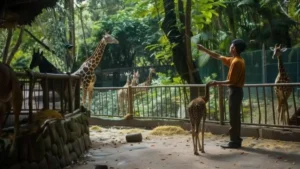
Human-Animal Collaboration in Art of zoo
The art of zoos transcends barriers to create meaningful connections that unite humans with animals. Zoological institutions enable animals to participate in painting activities that generate artwork for conservation fundraising initiatives. Wildlife photographers and filmmakers utilize zoos to capture footage of rare species while producing educational content through artistic means. These partnerships demonstrate animals’ emotional capacities and their ability to inspire creativity. Through art activities, human-animal relationships advance from mere captivity to meaningful artistic expressions that serve conservation goals and raise awareness..
Cultural Variations: Zoos Around the World
Different cultural traditions express themselves through zoo practices because each society holds distinct values. European zoos dedicate themselves to conservation research alongside the spiritual practices that Asian zoological facilities incorporate into their display methods. African wildlife reserves function as natural zoological establishments that protect wild animals in their original habitats. The way different nations approach ethics determines their stance on animal care. Expanding public awareness leads to more nations implementing compassionate and environmentally friendly zoo practices. Knowledge of worldwide cultural variations enables better zoo practices that ensure all zoos maintain superior standards in animal management and conservation work.
The Future of Zoos: Evolving with Society
Zoo practices transform through modern technology and the moral assessment of animal welfare. Upcoming zoological institutions will implement virtual reality systems alongside artificial intelligence monitoring solutions and sanctuary models to enhance animal welfare standards. Conservation programs will grow through their combination of genetic studies and habitat restoration activities. The changing perspectives of humans regarding wildlife require zoological facilities to maintain equilibrium between educational experiences, entertainment value, and ethical standards. The art of the zoo progresses toward sustainable ethical methods, positioning these institutions to protect biodiversity for future generations.
Conclusion: Reflecting on Our Shared Journey
Humanity demonstrates evolving attitudes toward wildlife through the art of the zoo. Over time, zoos have evolved from their initial role as menageries into educational facilities that serve as ethical institutions. Historical importance, along with current challenges, allows us to honor the protective role of these institutions for wildlife. Through innovation and sustainability principles, the art of the zoo maintains its ability to influence human-animal interactions. Zoos will thrive in the future by using responsible approaches combined with public education to support conservation efforts while ensuring proper care for animals.
-

 BIOGRAPHY5 months ago
BIOGRAPHY5 months agoBehind the Scenes with Sandra Orlow: An Exclusive Interview
-

 HOME11 months ago
HOME11 months agoDiscovering Insights: A Deep Dive into the //vital-mag.net blog
-

 HOME1 year ago
HOME1 year agoSifangds in Action: Real-Life Applications and Success Stories
-

 BIOGRAPHY11 months ago
BIOGRAPHY11 months agoThe Woman Behind the Comedian: Meet Andrew Santino Wife











